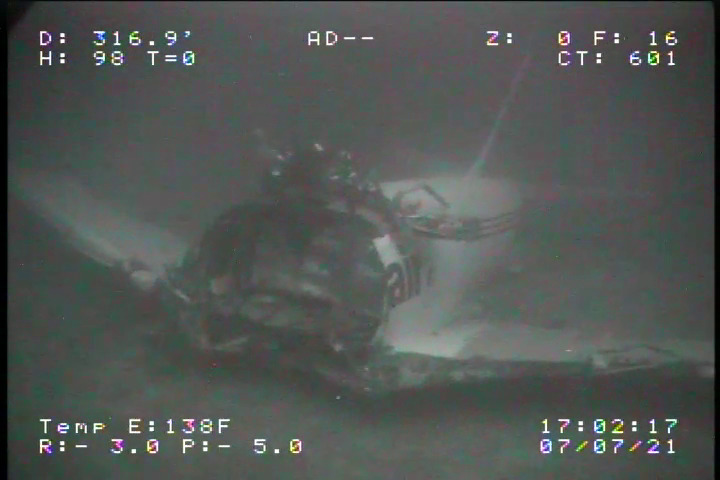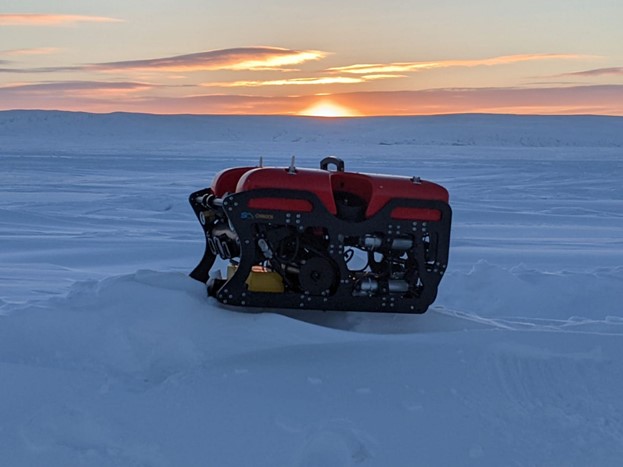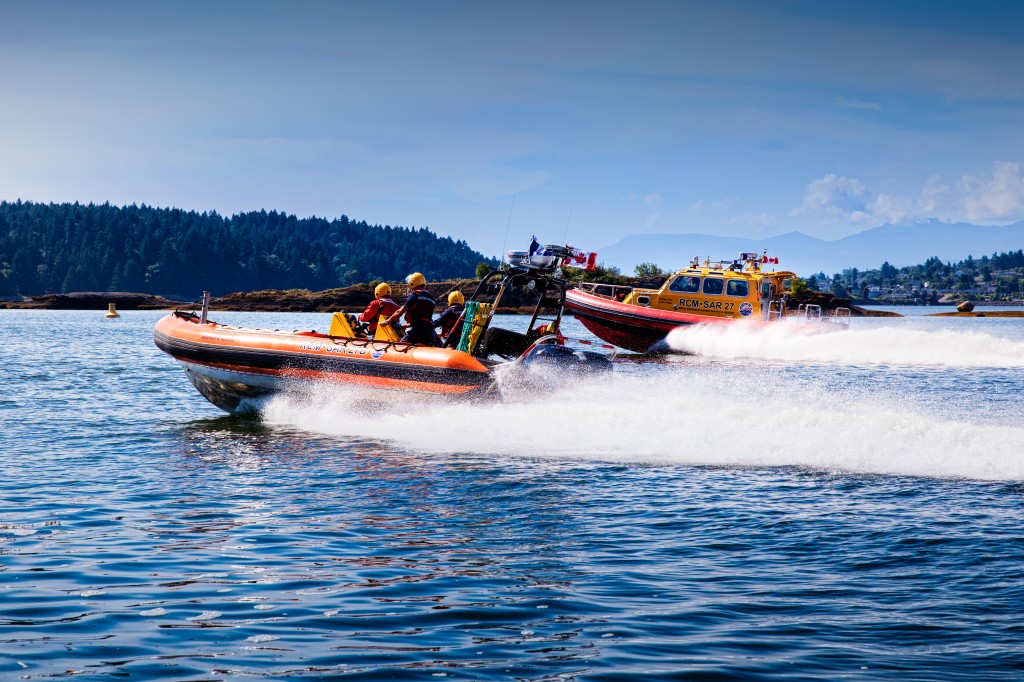Remotely Operated Vehicles (ROVs) have been used in search and rescue operations since the 1960s. The US military first developed ROV with search and rescue objectives in mind. They wanted to recuperate missing equipment. In the early industry days, ROVs were primarily used for underwater inspections and research, but they soon found a role in search and rescue operations beyond the military as well.
Bullet Point Summary
- Bring closure to grieving families more quickly and smoothly
- Keep yourself and your team safe
- Improve work efficiency and effectiveness in harsh conditions such as poor visibility, the cold and great depth
- Reduce long-term costs by deploying your SEAMOR ROV instead of divers
Early Days’ Wreck Surveying
One of the early notable uses of ROVs in search and rescue was in the aftermath of the sinking of the oil tanker Torrey Canyon in 1967. ROVs surveyed the wreck and assess the extent of the damage to the ship and the surrounding environment. The use of ROVs in this case was a significant improvement over previous methods. Those methods included reliance on divers and cameras mounted on submersibles.
ROVs have continued to evolve and improve over the years, and they are now an essential tool in search and rescue operations. One of the key advantages of ROVs is their ability to operate in dangerous and difficult-to-reach environments, such as deep waters and areas with very poor visibility. This makes them well suited for search and rescue missions, as they can quickly and safely search for survivors, wreckage, or victims of an accident.
Case Studies for ROVs in Search and Rescue
In the late 2000s, ROVs were also used in the search for missing Air France Flight 447, which crashed into the Atlantic Ocean in 2009. The ROVs were able to locate the wreckage of the plane and recover the flight data recorders, which provided important information about the cause of the crash.
A SEAMOR Chinook ROV has also been involved in a wreckage search. A Boeing 737 cargo plane crashed just after take off in Oahu, Hawaii. The Chinook ROV manned by Sea Engineering Inc. was found scattered between 350 and 450 feet below the surface. Check out the full story here.

Bringing closure and recuperating victims of accidents or natural disasters may not come to mind as an ROV task. However, it is a common one. The conditions for search and rescue teams after these horrific events may vary but their jobs are made easier with the help of ROVs. This was the case for the search and rescue team of Nunavut, Canada. After an accident a bulldozer came to rest at a depth of 160m under the ice. A depth completely inaccessible to police dive teams and in extremely challenging Arctic conditions. Check out full story here.

The Benefits of ROVs
Overall, ROV technology has come a long way and is an essential component in search and rescue operations. They will continue to improve the efficiency and safety in such operations.
Divers no longer have to risk their lives to go to great depths to retrieve bodies and present families with the closure they deserve. When environmental conditions are harsh or the water is contaminated, ROVs are the safest and most productive option. The ROVs can use sonar to scan and search for people and objects better than any human can by eyesight. To give but one example.
ROVs are not here to replace divers. Human dexterity can hardly be replaced and some jobs will always require the human touch. However, ROVs are here to keep you safe. That is what keeps us going at SEAMOR. Knowing that we can help you improve your business and the positive impact you have in your communities matters to us. A big thank you to all the search and rescue teams out there! If you do not already have an ROV, or are looking for a new one, come have a chat with us. Let’s collaborate.

